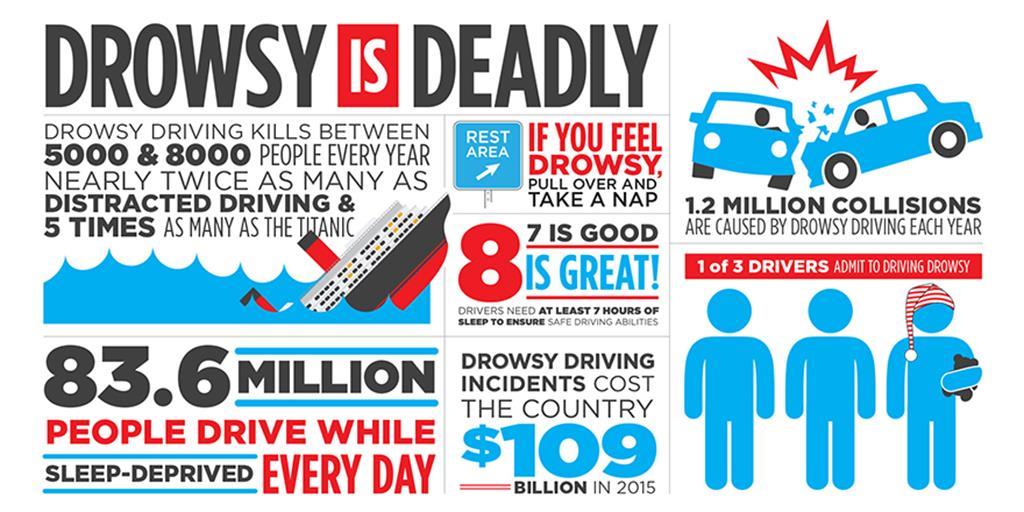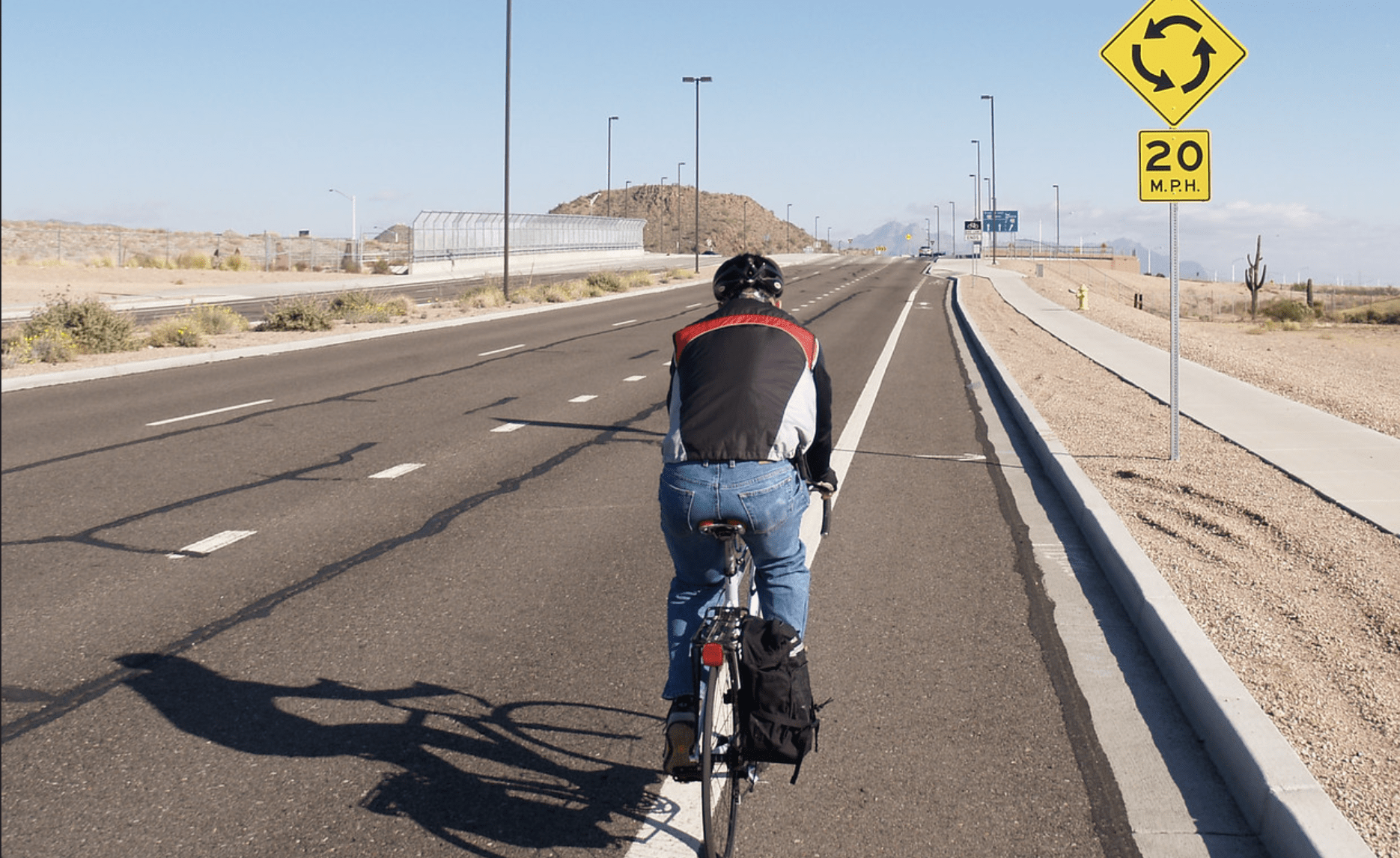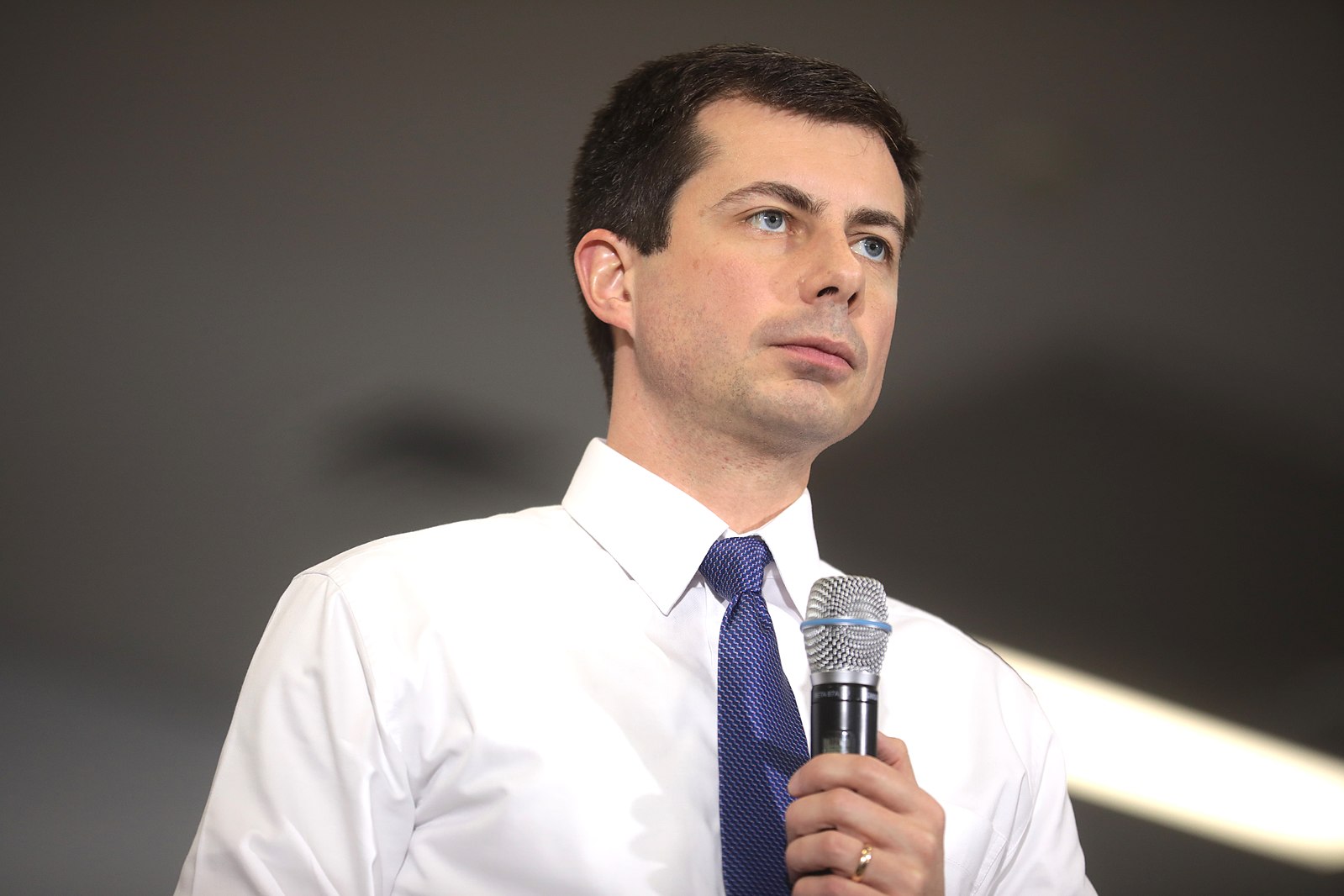Driver fatigue was a likely factor in 10 times more car crash deaths than federal statistics indicate, according to a new study — but when it comes to systemic solutions to address the problem, policymakers are asleep at the wheel.
The AAA Foundation for Traffic Safety recently found that a stunning 17.6 percent of fatal crashes between 2017 and 2021 almost certainly involved a tired driver, based on an advanced statistical analysis of the 41 percent of motorists’ whose fatigue status was marked “unknown” in official crash reports. And in many cases, that data was missing for a simple reason: no one survived to witness who was awake and who wasn’t.
“Unfortunately, just because of the types of crashes drowsy driving tends to be implicated in, we often don’t have a driver we can interview,” said William Horrey, technical director at the Foundation. “And as an extension of that, many times whoever is doing the investigation might not know the important cues and indicators that might indicate that drowsy driving was a factor; the reporting form doesn’t even give them tools they need to make that assessment.”

Despite those gaps in the data, though, Horrey said that we do know a lot about what circumstances tend to surround confirmed drowsy driving crashes — and from there, we can make meaningful inferences about how many other motorists were probably dozing off, too.
Unsurprisingly, Americans were more likely to drive tired between 3 and 7 a.m., and when traveling along rural roads associated with longer trips — though the greatest number of sleep-deprivation crashes occurred between 11 p.m. and 3 a.m. and on urban arterials, where vehicle traffic is overall heavier.
Interestingly, two-thirds of likely drowsy drivers hadn’t been drinking alcohol prior to their crash, through drowsiness was more prevalent among legally drunk motorists, who were alcohol-impaired and nodding off about 20 percent of the time — or a little less than twice the rate of their sober counterparts.

The new analysis was able to determine less, though, about why sleeplessness is so prevalent on US roads — or what policymakers should do about it.
Despite its clear dangers to the public, most states only punish drivers for drowsy driving after it’s resulted in a reckless driving incident — which often means someone’s already been hurt or killed. Only two states — Arkansas and New Jersey — even have a dedicated drowsy driving law on the books. That said, both states define “fatigue” as “being without sleep for a period in excess of 24 consecutive hours,” even though one recent study found that a motorist’s crash likelihood doubles after just one night of getting less than five solid hours.
And because the burden is on officers to prove that a road user is running on little rest — or on drivers to be honest about it, which they don’t have much incentive to do — such laws are notoriously difficult to enforce, and face a raft of other criticisms from legal scholars.
“In the same way that it’s difficult to assess [fatigue] in post-crash investigation, it’s just as difficult to assess as it’s happening on the road,” added Horrey. “And on top of that, we are very poor at estimating our own level of drowsiness — and when we finally do recognize it, we’ve probably been impaired for some time.”
Some experts argue that driver monitoring systems could someday do a better job at spotting the signs of fatigue and alerting drivers to wake up — though others argue it will take years to adequately develop that tech and phase it into the vehicle fleet, even if Congress does bundle it into its proposed impaired driving prevention rule. Others have recommended road design changes, like more lighting, rumble strips, and rest stops, or educational campaigns that make it clear that drowsy driving can be just as impairing as drunk driving.
None of those approaches, though, get at the root reasons why more than one in three Americans are sleep-deprived — or why so many of them are driving anyway.
Some experts have blamed America’s “always on” work culture for its residents’ restlessness, while others have connected it to increased light and sound pollution — both of which, ironically, are made worse as cars increasingly dominate our roads.
“There are so many things competing for our time, and unfortunately, as we’re making decisions about what to prioritize, sleep often falls by the wayside,” Horrey added. “This is more than just an issue about drowsy driving; it does require one to step back and look at all the other things that are going on in people’s lives and in society.”
Of course, another way to reduce drowsy driving is to reduce driving, period, by expanding access to sustainable modes where our fatigue is unlikely to result in harm to ourselves and others. And until we confront that car dependency itself, the onus, unfortunately, is on individual drivers to wake up.
“Consider how you want to arrive at your destination and other modes as well,” Horrey said. “We talk about safe mobility a lot at AAA, and part of that is arriving at your destination in a safe manner — whether as a driver, a passenger, a pedestrian, or something else.”





